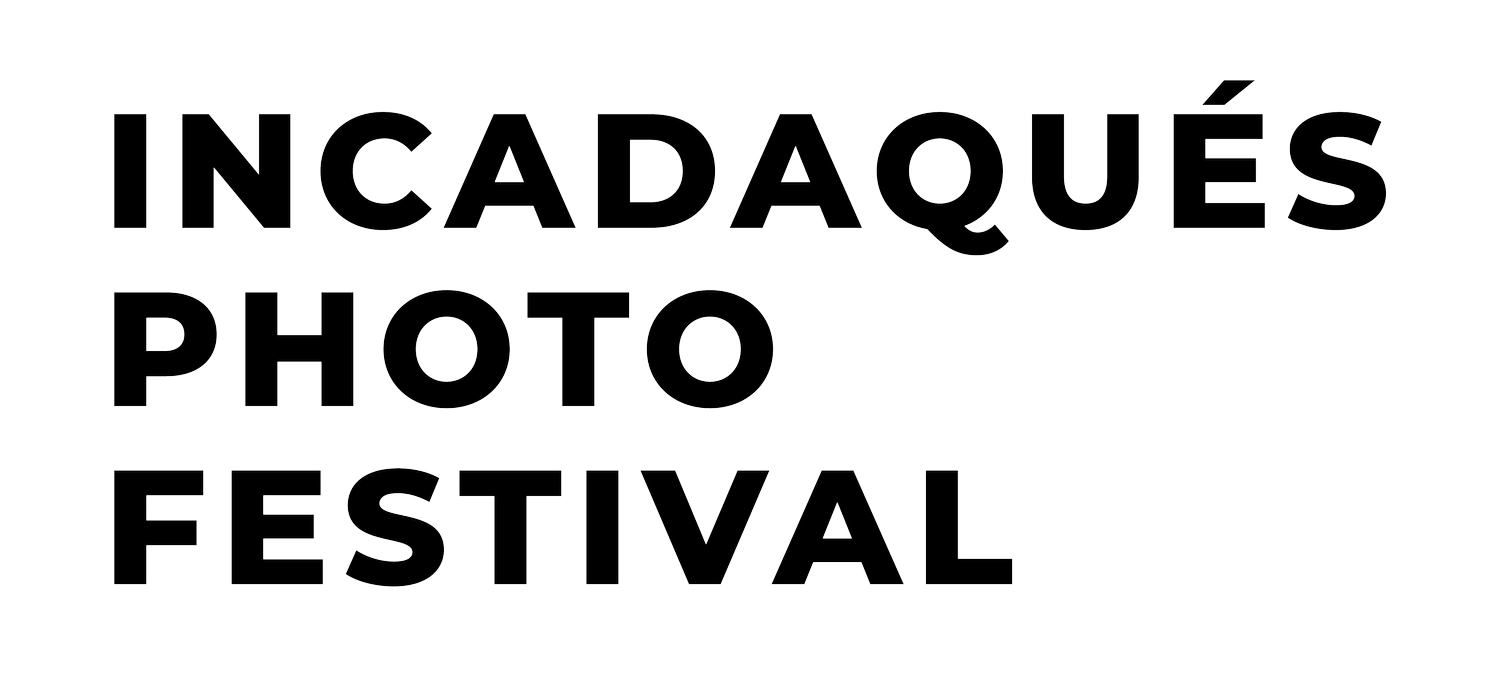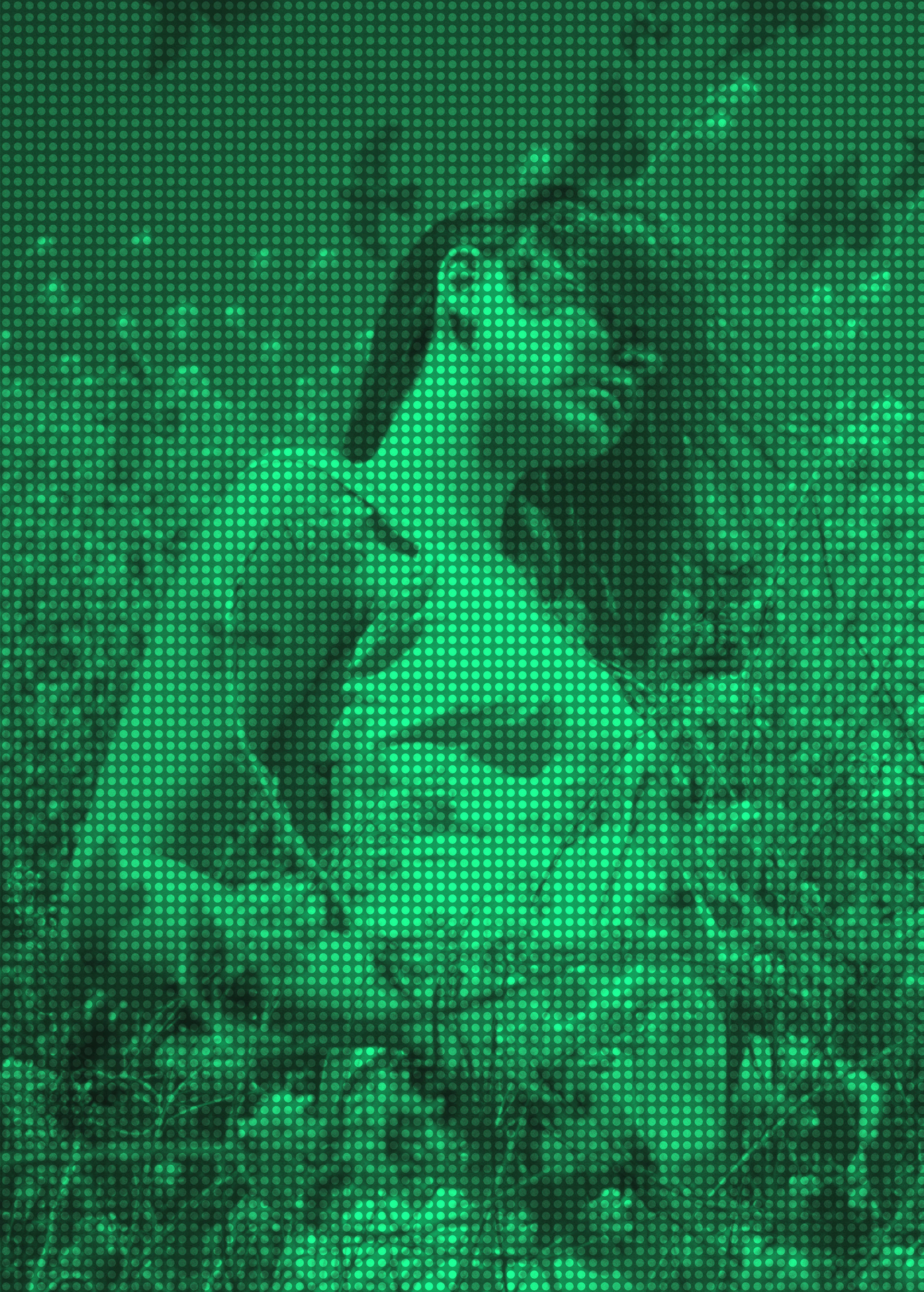Graphset x Amandine Besacier
FRANCE
Instagram @graphset_creativestudio
Instagram @amandinebesacier
In collaboration with @fisheye_gallery
Mikkael Doczekalski has been residing and working in Paris as Graphset since 2007. Graphset encompasses a broad spectrum of graphic design and digital arts, ranging from printed materials to motion design, and even spanning spatial design and scenography. His creative output is enriched by an unconventional educational and professional background. Initially schooled in automated systems techniques, he embarked on his career in the realm of industrial robotics. This experience nurtured a graphic sensibility and working methodology, which he later translated into a creative approach upon entering the Cergy School of Fine Arts in 2002.
Amandine Besacier was born in 1988. Graduating from the class of 2011 at the Icart Photo photography school, she currently practices her profession as a photographer between Paris and Los Angeles. A proponent of large format photography, she is equally proficient in negative and positive analog film, as well as instant Polaroid photography. She chooses to collaborate with young adults and focuses her work on the transitional phase between adolescence and adulthood. Additionally, she has been a member of the Hans Lucas studio since June 2016.
• PROJECT •
Céphéide, programmed phosphorescence
Manufactured by the artist Graphset, the Céphéide machine may, at first glance, appear profoundly digital in its construction. Yet, behind the algorithms and the hum of the engines, beneath its appearance as a vertical laser cutter, lies the magic of the earth, an organic mystery: phosphorescence.
Pixel by pixel, the electrons of the phosphorescent pigment become energized, re-emitting the image dictated to them. The first image that appears initiates a slow cycle of fading and excitement of the luminous matter. The ephemeral image in disappearance engages in a dialogue with the one emerging, before gracefully ceding its place.
The fine line between latent (analog) and fleeting (digital) images blurs as the scanning progresses.
Upon discovering Céphéide for the first time, Amandine Besacier felt an immediate attraction to it. The photographer, whose analog work already explored the boundaries of emulsion and the tenuous link between a still image and cinematography, wanted to bring her "damsels in distress" images to life and death in phosphorescence, in intertwined polyptychs of fleeting portraits.
To experience this curious ballet, the viewer is plunged into darkness. This darkness, which was an essential and inherent component of the photographic experience and possibility for over a century, is now increasingly foreign to us. Camera obscura, darkroom, sheets thrown over the heads of photographers... In the 1990s, photography shed its darkness as photographic paper gave way to screens. Photography no longer originates in the dark, and all the sensations associated with taming darkness were lost. The pupil contracts. We no longer bump into the corners of the darkroom, we no longer rely on touch, hearing, and smell to produce an image. The latent image, born of darkness, disappears with it. Céphéide reintroduces this sensation into the heart of a digital photographic experience.
The process is imperfect, monochrome, perishable, with low definition and reduced legibility, reminiscent of salted paper, carbon printing, or polaroids that, in their time, resonated as forms of photographic art. Nevertheless, it is the transformation of reality by Céphéide, within all its digital mechanics, that makes it fascinating.
At the crossroads of the digital and the tangible, Amandine Besacier and Graphset invite us, in the dark, to rediscover the fragility and imperfection of the photosensitive process.






